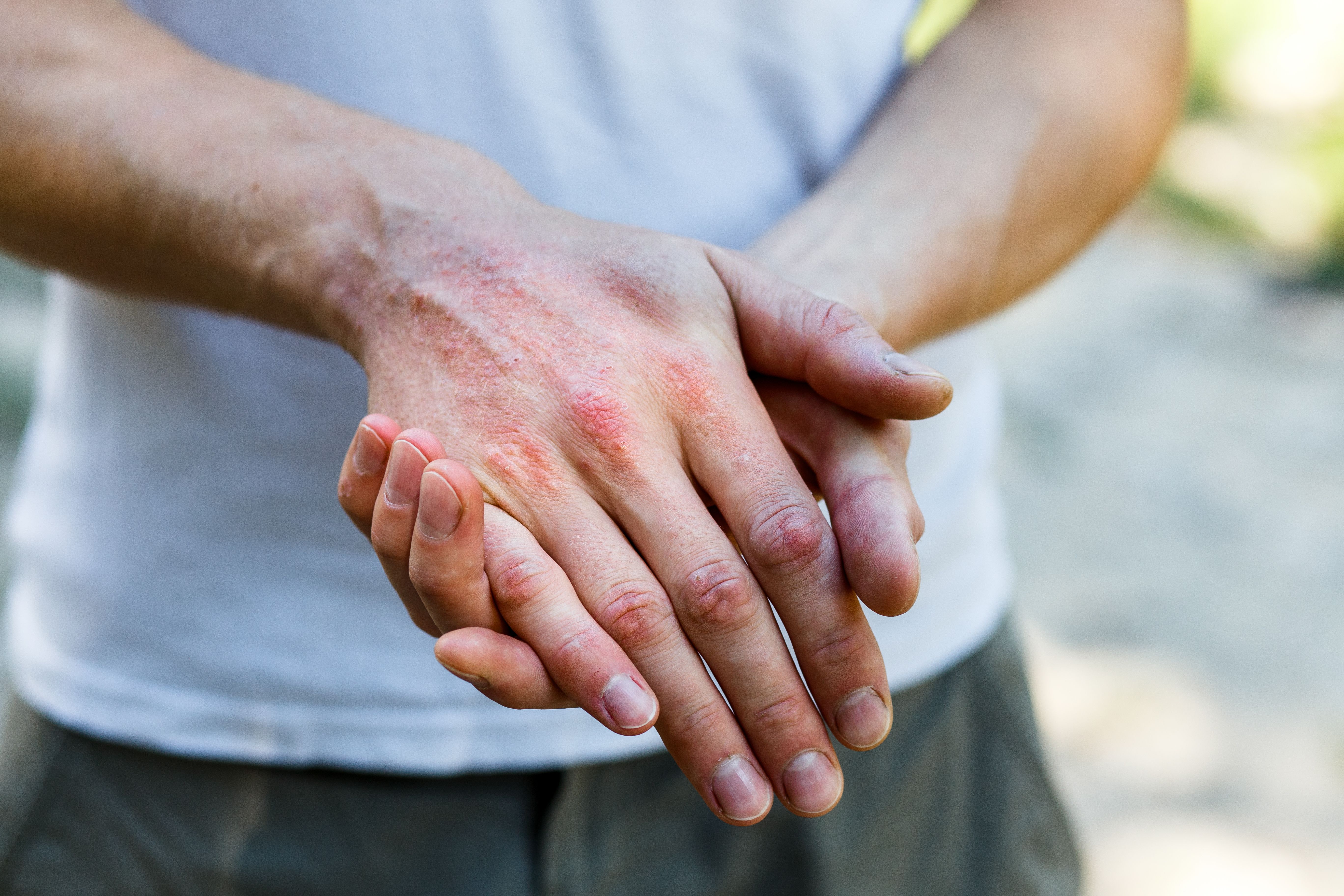Article
Ruxolitinib May Be Another Option for Children With Steroid-Refractory aGVHD
Author(s):
The results, indicating that ruxolitinib may be a promising option for children with steroid refractory advanced graft-versus-host disease (aGVHD), would need confirmation from a larger trial.
Ruxolitinib may be a promising second-line treatment option for pediatric patients with steroid refractory advanced graft-versus-host disease (aGVHD), according to a new study. Based on the findings, researchers suggest their results be validated in a prospective large-scale pharmacokinetic and efficacy trial.
The small retrospective study of 29 patients recruited from 15 pediatric transplantation centers demonstrated that after 28 days, 6 patients achieved a complete response (CR). By 41 days, 19 (65.5%) patients achieved a CR. Another 2 patients had a partial response (PR). Among the 16 patients who were under the age of 6 years, there was a 75% CR and 6.3% PR. All patients who achieved a response discontinued corticosteroid treatment.
Prior to ruxolitinib, patients received an average of 2 immunosuppressive agents, with a range of 1-6.
“The prognosis of patients with aGVHD depends mainly on the response of steroid treatment, which is known to be effective in approximately 50% of cases. Indeed, the mortality rate of steroid-refractory or recurrent aGVHD remains as high as 50% to 70%,” wrote the researchers. “There is currently no standardized second-line strategy for steroid resistant aGVHD.”
While several immunosuppressive therapies are used in the second line of treatment, they carry variable response rates. For example, Monoclonal anti-TNF𝛼 have demonstrated response rates between 30% and 60%. But, relapse at discontinuation was high at approximately 80%.
Results of the current study led the researchers to argue that ruxolitinib may be a possible treatment for these patients, including in cases of gastrointestinal involvement or severe GVHD.
A total of 8 patients experienced treatment failure, and 23 patients were alive after a median follow-up of 685 days after their hematopoietic stem cell transplantation and a median 480 days after initiating ruxolitinib treatment.
“CR/PR was a significant factor of survival with a rate of 90% versus 50% in case of treatment failure (P = 0.02),” wrote the researchers. “Nevertheless, we could not find any association of baseline characteristics and CR/PR to ruxolitinib. Neither the number of immunosuppressive agents before using ruxolitinib nor involved organs was significant.”
The researchers were also unable to demonstrate a relationship between ruxolitinib dose and rate of efficacy nor the speed of efficacy. Throughout the study, the median dose of ruxolitinib was 12.6 mg/m2/day.
The study also showed a favorable safety profile of ruxolitinib, with no observed severe hematologic adverse events and with all cytopenias requiring a dose modification resolving.
“Viral replication (including cytomegalovirus, Epstein-Barr virus, and adenovirus) was observed in 41.4% of cases indicating that viral replications need to be closely monitored,” wrote the researchers. “This rate should be interpreted with caution because a comparable frequency of viral replications was reported in children treated with other immunosuppressive drugs, including infliximab, alemtuzumab, and daclizumab.”
Reference
Laisne L, Neven B, Dalle J, et al. Ruxolitinib in children with steroid-refractory acute graft-versus-host disease: a retrospective multicenter study of the pediatric group of SFGM-TC. Pediatr Blood Cancer. Published online July 2, 2020. doi: 10.1002/pbc.28233.




